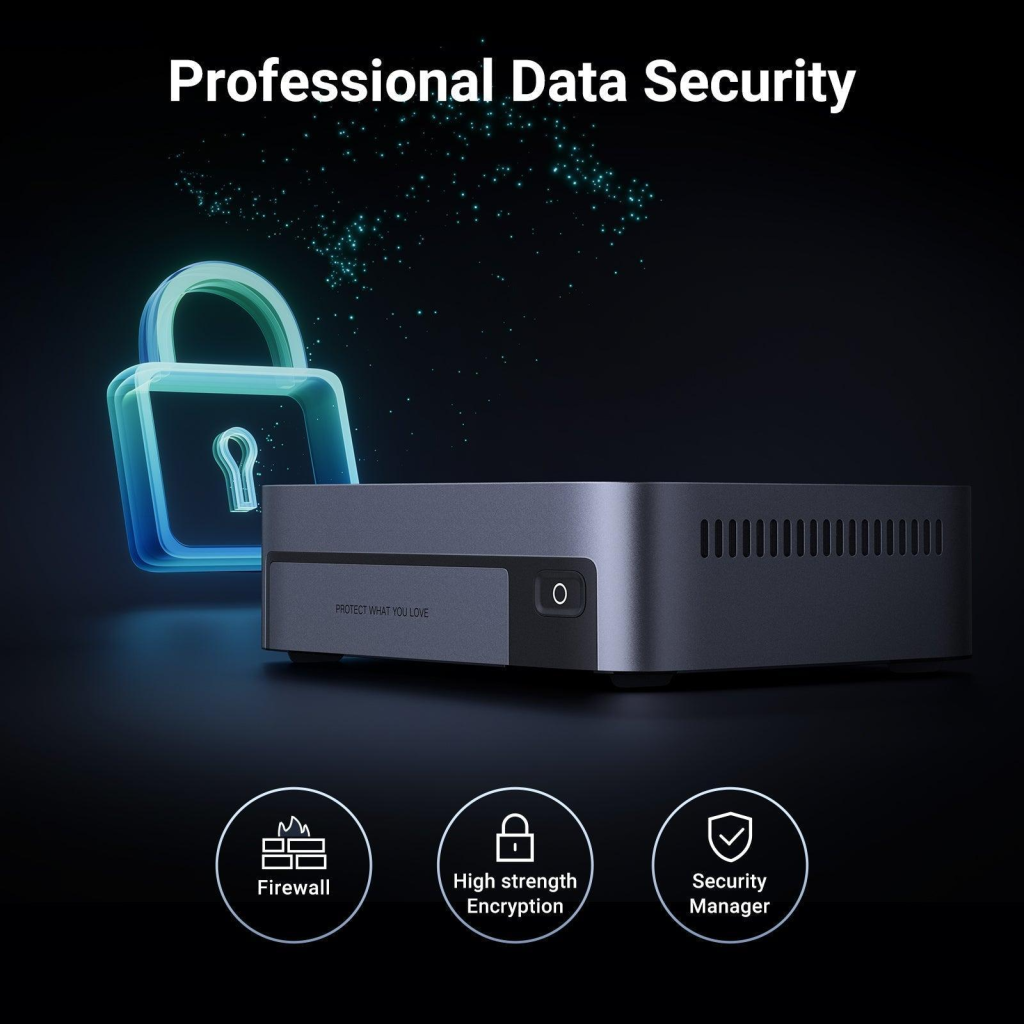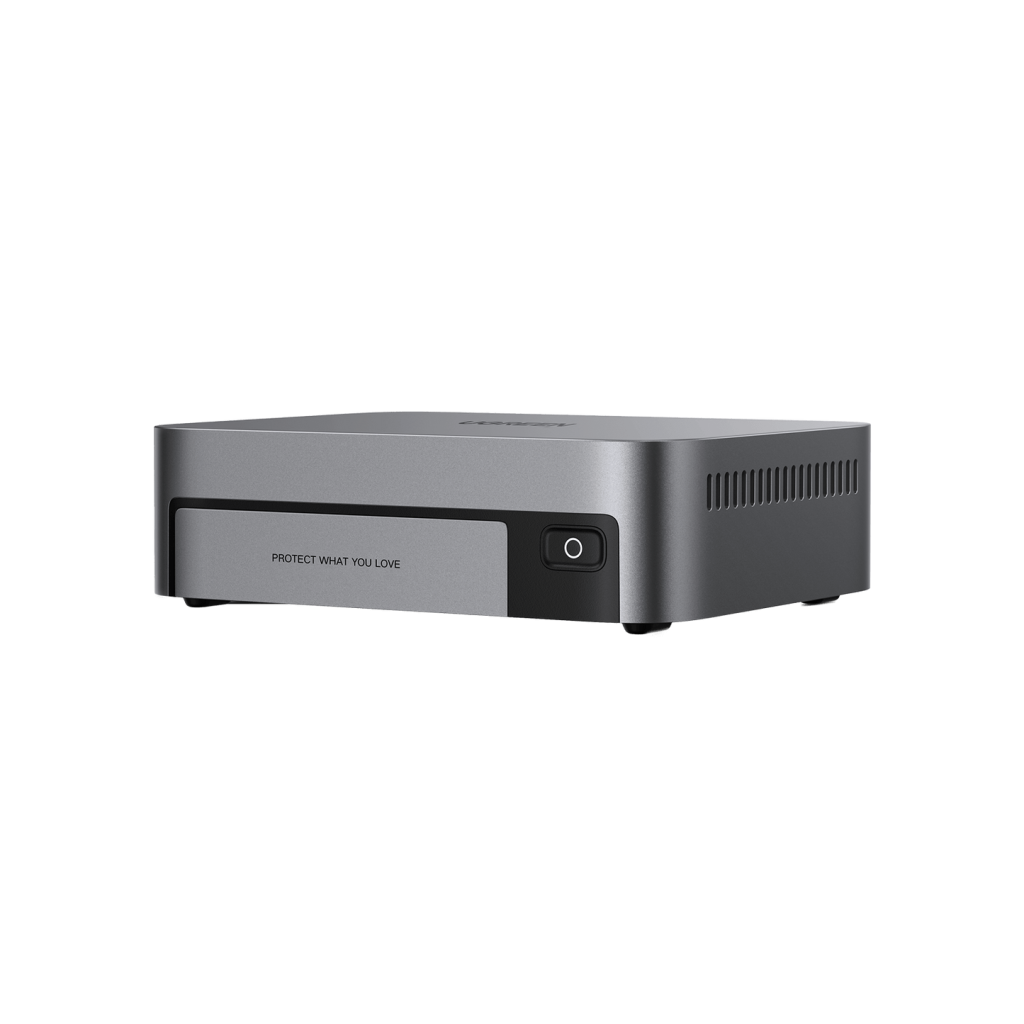Remember the frustration of waiting endlessly for large files to transfer across your network? Traditional NAS systems, while reliable, often feel like digital traffic jams in today’s high-speed workflows. Enter NVMe NAS, a groundbreaking fusion of cutting-edge storage technology and networked architecture that’s revolutionizing how we handle data.

NVMe NAS combines the blazing speeds of Non-Volatile Memory Express (NVMe) storage with the accessibility of network attached storage, creating a solution that eliminates the bottlenecks plaguing creative professionals and data-intensive operations. Whether you’re editing 8K video footage, managing massive photo libraries, or processing complex datasets, the traditional storage bottlenecks that once brought workflows to a crawl are now a thing of the past.

By leveraging PCIe lanes directly, NVMe NAS systems can deliver performance that’s up to six times faster than conventional SATA-based solutions. Imagine accessing 32TB or more of storage space at speeds exceeding 2,500MB/s over 10GbE networks – that’s the transformative power of NVMe NAS technology. This isn’t just an incremental improvement; it’s a paradigm shift in network storage capabilities that’s setting new standards for professional data management.
Why NVMe NAS Outperforms Traditional Storage Solutions
The revolutionary performance of NVMe NAS stems from fundamental protocol differences that eliminate the legacy bottlenecks of SATA and SAS interfaces. While traditional storage protocols require multiple steps to process commands, NVMe communicates directly through PCIe lanes, reducing latency to microseconds instead of milliseconds. This architectural advantage allows NVMe drives to handle up to 64,000 parallel commands compared to SATA’s mere 32 command limit.
The bandwidth difference is equally dramatic. A single PCIe 4.0 lane can transfer data at 2GB/s, and NVMe drives typically use four lanes, enabling theoretical speeds of 8GB/s. In contrast, SATA maxes out at just 600MB/s. For professionals working with 4K or 8K video editing, this translates to smooth scrubbing through timeline previews and near-instant rendering of complex effects that would previously cause significant delays.

Beyond raw speed, NVMe technology brings surprising efficiency benefits. The direct PCIe connection reduces power consumption by eliminating the need for protocol translation, while advanced power state management enables better thermal performance. This efficiency allows NVMe NAS systems to maintain sustained high performance without throttling, crucial for data-intensive workloads like AI training or virtual machine hosting.
Essential Components for Maximum NVMe NAS Performance
Processing Power: Intel Core i5 and Beyond
At the heart of any high-performance NVMe NAS system lies capable processing power. Intel Core i5 processors represent the sweet spot for prosumer workloads, offering the perfect balance of multi-threaded performance and cost-effectiveness. These processors efficiently handle intensive operations like real-time data encryption, deduplication, and concurrent file transfers without creating CPU bottlenecks that could limit NVMe’s potential.
Storage Architecture: M.2 NVMe Configuration Strategies
Maximizing NVMe performance requires careful consideration of RAID configurations. RAID 0 delivers maximum speed by striping data across drives, ideal for temporary workspaces and scratch disks. RAID 1 provides essential redundancy for critical data, while RAID 5 balances performance with data protection. For optimal performance, consider implementing a tiered storage approach: NVMe drives for hot data and frequently accessed files, with traditional SSDs or HDDs handling cold storage and backups.
Networking: 10GbE as a Mandatory Foundation
Even the fastest NVMe array becomes bottlenecked without proper networking infrastructure. Leading manufacturers like UGREEN have recognized this, implementing 10 Gigabit Ethernet (10GbE) as the standard for their NAS solutions. When implementing 10GbE, enterprise-grade switches with sufficient backplane capacity prevent congestion during heavy multi-user access. Cat6a or fiber cabling ensures reliable connectivity, while network adapters with large buffer sizes and hardware offloading capabilities maintain consistent throughput under load.
Step-by-Step NVMe NAS Implementation Guide
Hardware Setup Optimization
When installing M.2 NVMe modules, proper alignment is crucial for optimal performance. Insert drives at a 30-degree angle before securing them with mounting screws, ensuring firm but not excessive pressure. Apply high-quality thermal pads between the NVMe drives and heatsinks, using the correct thickness to maintain consistent contact. Position drives to maximize airflow, typically leaving one empty slot between modules when possible.
Network Configuration
For Windows systems, enable jumbo frames by setting the MTU to 9000 in the network adapter properties. Linux users should modify the MTU using the ip link command. Configure flow control on both the NAS and client devices to prevent data loss during heavy transfers. For optimal performance, set the network adapter’s interrupt moderation to low latency mode and enable receive-side scaling when available.
Software Tuning
Optimize cache settings by allocating at least 16GB of RAM for system cache, with a 70/30 split between read and write operations for mixed workloads. Implement QoS policies that prioritize critical applications during peak usage, setting minimum guaranteed bandwidth for essential services. Configure SMB multichannel for Windows environments to leverage multiple network connections, while NFS users should enable async I/O and increase the rsize/wsize values to 1MB for improved throughput.
Future-Proofing Your Storage Investment
Planning for storage expansion requires careful consideration of both immediate and future needs. While current NVMe technology offers impressive performance, the storage landscape continues to evolve rapidly. When designing your NVMe NAS infrastructure, implement modular components that support incremental upgrades. Consider chassis designs with additional drive bays and power supplies rated for full capacity, enabling seamless expansion without complete system replacement.
The transition to PCIe 5.0 promises theoretical speeds of up to 32GT/s per lane, doubling PCIe 4.0’s capabilities. When selecting motherboards and NVMe drives, prioritize those with PCIe 4.0 support at minimum, ensuring compatibility with future upgrades. The storage industry’s roadmap suggests PCIe 5.0 NVMe drives will become mainstream within two years, making this forward compatibility crucial for longevity.
Network infrastructure represents another critical upgrade path. While 10GbE currently serves most workflows effectively, emerging 25GbE and 40GbE standards are becoming more accessible. Consider switches that support multiple speed tiers, allowing gradual adoption of faster networks. When comparing long-term costs against cloud storage, factor in not just capacity but also bandwidth costs and access latency. A well-planned NVMe NAS system typically breaks even against cloud storage within 24-36 months while offering superior performance and data sovereignty.
Revolutionizing Professional Workflows with NVMe NAS
The advent of NVMe NAS technology marks a transformative leap in network storage capabilities, delivering performance that was previously impossible with traditional solutions. By combining the raw speed of PCIe-based NVMe storage with the accessibility of network-attached systems, these solutions have effectively eliminated the bottlenecks that once plagued professional workflows.
Success with NVMe NAS implementation hinges on three critical components: capable processing power through Intel Core i5 or better CPUs, properly configured M.2 NVMe drives in optimal RAID arrangements, and robust 10GbE networking infrastructure. When these elements align, creative professionals can experience truly transformative workflow improvements, from real-time 8K video editing to instantaneous access of massive asset libraries.
As we look to the future, the NVMe NAS ecosystem continues to evolve with PCIe 5.0 on the horizon and emerging network standards promising even greater performance potential. By implementing these systems today with an eye toward future expandability, organizations can build a foundation for sustained high-performance data management that will serve them well into the next generation of digital workflows.
